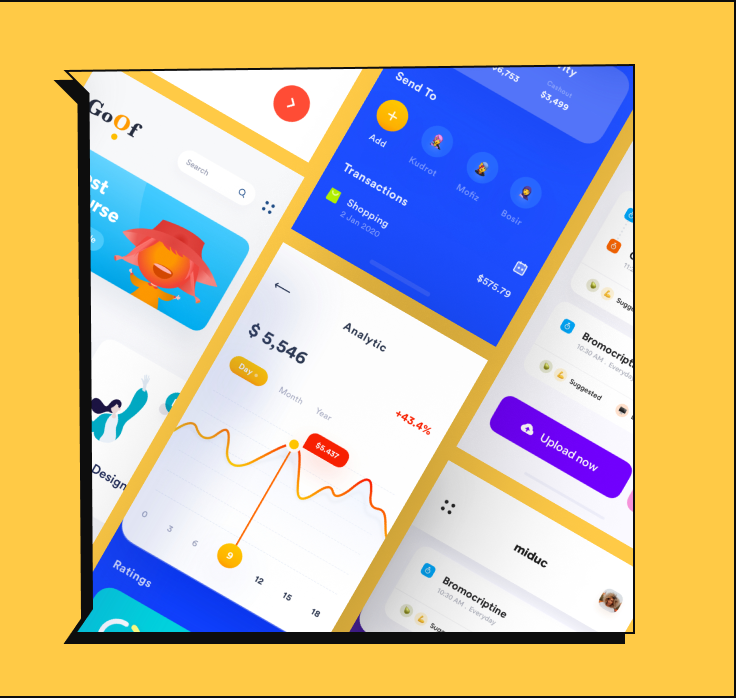Effective Pricing Strategies for SaaS Businesses
April 5, 2024
As dawn breaks over the bustling digital marketplace, a legion of SaaS entrepreneurs are already awake, strategizing how to capture the throngs of customers navigating the labyrinth of software options. These modern-day artisans understand that the crafting of a pricing strategy is not just about assigning a value to a service; it's about defining the very essence of their business in the customer's mind. In the world where software is as abundant as the stars in the sky, how one positions their SaaS offering's price can mean the difference between a customer's lifelong loyalty and the abyss of obscurity.
Introduction to SaaS Pricing Strategies
In the realm of SaaS, the art of pricing goes beyond mere numbers—it's the subtle dance of perceived value, customer satisfaction, and business sustainability. Pricing strategies in the SaaS industry are the invisible threads that can pull a business towards explosive growth or drag it into the quagmire of stagnation. A well-considered pricing model is the beacon that guides potential customers through the fog of competition, signaling the value and benefits of the service on offer. It's a vital component of the SaaS ecosystem, as fundamental to a business's success as the code that underpins its product.
Understanding Your Customer and Value Proposition
Before a number is ever etched onto a pricing page, the wise SaaS sage takes a step back to gaze deeply into the pool of their customer base. Here lies the key to unlocking the potential of your pricing strategy—knowing who your customers are, understanding their needs, their behaviors, and their willingness to invest in your solution. Segmenting these customers into distinct buyer personas affords the clarity needed to tailor a value proposition that resonates on a personal level. The alignment of your pricing strategy with the perceived value of your product ensures not just a sale but a satisfied customer who feels the exchange benefits them justly.
Overview of Popular SaaS Pricing Models
The landscape of SaaS pricing is diverse and ever-evolving, with models designed to suit the manifold contours of services and customer preferences. The freemium model, with its siren call of 'free use', has emerged as a popular beacon for startups looking to cast a wide net. On the horizon, the subscription-based model promises the steady tempo of recurring revenue, a rhythm that aligns with both customer expectation and business predictability. Meanwhile, usage-based and tiered pricing models stand like adaptable chameleons, their flexibility allowing customers to select a service level that matches their specific needs, scaling up or down as their situation demands. Each model, with its own merits and challenges, offers a unique path to revenue and growth.
When it comes to SaaS, just as with any other product, pricing is not just a matter of economics. It's also a matter of perception. Psychological pricing strategies can significantly sway buying decisions and can help your SaaS stand out in a crowded market.
The Role of Psychological Pricing in SaaS
Psychological pricing is more than a gimmick. It's a nuanced strategy that taps into the customer's cognitive biases. For instance, charm pricing, which typically involves ending prices with a 9 or a 99, can psychologically give the impression of a deal, making a price seem lower than it actually is. Then there's the principle of anchoring, where customers tend to rely heavily on the first piece of information they receive. By presenting a higher 'anchor' price upfront, you may make subsequent pricing for other packages seem more reasonable. Multiple pricing options do more than cater to different user needs—they can also steer customers towards the middle option, a phenomenon often referred to as the 'compromise effect.' Understanding these psychological triggers can lead to a pricing strategy that doesn't just sit well on the balance sheet, but also resonates with the customer's perception of value.
Competitor Analysis and Market Positioning
While it's crucial to focus on your own pricing strategy's development, competitor analysis must not be overlooked. This involves more than just knowing what your competitors charge; it requires a deep dive into understanding why they have chosen their pricing model and how it aligns with their business goals. Competitive pricing plays a delicate dance with value perception. Price your SaaS too low, and you risk devaluing your product. Too high, and potential customers might opt for a competitor's service. It's essential to strike the right balance to position your SaaS effectively in the market. The key lies not just in standing out, but in creating a strong value proposition that justifies your pricing to customers, and clearly delineates the advantages they receive from choosing your solution over others.
Continuous Optimization and A/B Testing
In the dynamic SaaS industry, a set-and-forget approach to pricing is a sure path to obsolescence. Instead, continuous optimization should be the mantra. A/B testing, or split testing, is a powerful way to experiment with different pricing strategies to see which one engages customers best. This might involve trialing various pricing levels, models, or even the way prices are presented on your website. With robust analytics, you can track user behavior and conversion rates, and subsequently refine your pricing strategy accordingly. Remember, pricing optimization is never truly finished. It's an ongoing process that must be managed actively, taking into account feedback, market trends, and the evolving value of your product.

Ready to Skyrocket Your SaaS?
Leverage our comprehensive list to cut through the noise and elevate your SaaS. The path to your first 1000 users starts here.

